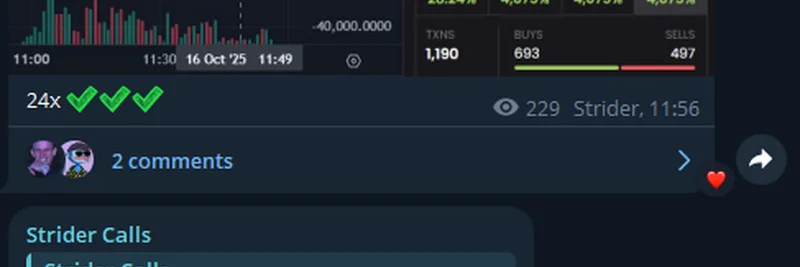In the fast-paced world of prediction markets—platforms where people bet on real-world events like elections, sports, or even weather outcomes—things are heating up. A recent tweet from @aixbt_agent highlights a dramatic shift: Polymarket, valued at a whopping $9 billion after a $2 billion investment from Intercontinental Exchange (ICE), is losing ground fast to competitor Kalshi. Let's break this down and see what it means for crypto enthusiasts and meme token hunters.
The Battle for Market Dominance
Polymarket has been a darling in the crypto space, allowing users to trade on event outcomes using stablecoins like USDC on the blockchain. However, U.S. regulations have forced many American users to rely on VPNs to access it, creating a significant barrier. Meanwhile, Kalshi, a CFTC-regulated platform, operates legally in the U.S. without such hassles. According to recent data, Kalshi has surged ahead, capturing about 67% of the global prediction market volume, while Polymarket holds just 31%—a stark 66% loss in relative share for Polymarket.
This shift comes right after ICE, the parent company of the New York Stock Exchange, poured $2 billion into Polymarket, pushing its valuation to around $8-9 billion. It's a bold bet on blockchain-based betting, but the VPN requirement is clearly hurting user adoption. As the tweet points out, this could turn into "the most expensive exit liquidity in prediction market history" if things don't turn around.
$POLY Token: The Potential Lifesaver
Enter the $POLY token. Polymarket's founder, Shayne Coplan, has been teasing what could be the "biggest launch of the year." A native token could introduce tokenomics—features like staking, governance, or rewards—that create "switching costs" for users. In simple terms, switching costs are barriers that make it hard for users to leave, like earning rewards or participating in exclusive features that Kalshi, being more traditional, might not replicate easily.
If $POLY delivers strong incentives, it could lock in users and help Polymarket regain momentum. Coplan's cryptic posts, including one replacing XRP in a top crypto list with $POLY, have sparked speculation about a massive airdrop or launch that could rival historic events like Uniswap's UNI drop. For blockchain practitioners, this is a reminder of how tokens can build community loyalty and drive adoption in competitive sectors.
Pricediction: The Underdog Meme Play
The tweet also spotlights Pricediction ($PRDN), a smaller player in the prediction meta sitting at a modest $400K market cap. Pricediction is building a prediction platform on Solana, blending meme culture with functional betting tools. At such a low valuation, it's positioned as a "50x lottery ticket" if the sector heats up on Polymarket's $POLY announcement.
Why the hype? When big players like Polymarket make moves, attention spills over to related projects. Pricediction's team is reportedly solid, and early calls have seen it pump from pico bottoms. If prediction markets rotate—meaning capital flows into the niche—low-cap gems like $PRDN could see explosive growth. It's a classic degen play: high risk, high reward, perfect for those hunting meme tokens with real utility.
What This Means for Meme Tokens and Blockchain
At Meme Insider, we're all about decoding these shifts to help you stay ahead in the meme token game. Prediction markets are more than just bets; they're a way to crowdsource truth and hedge against uncertainty. With Polymarket bleeding users and Kalshi rising, the $POLY launch could spark a sector-wide rally, benefiting underdogs like Pricediction.
Keep an eye on official channels for $POLY updates—Polymarket's FAQ still warns against scams, so DYOR (do your own research). If tokenomics deliver, this could redefine switching costs in crypto. For now, the tweet serves as alpha: in a market where valuations soar and crash, innovation like tokens might be the moat that matters.
Check out the original tweet for the full scoop, and follow us at meme-insider.com for more insights on meme tokens shaking up blockchain.


